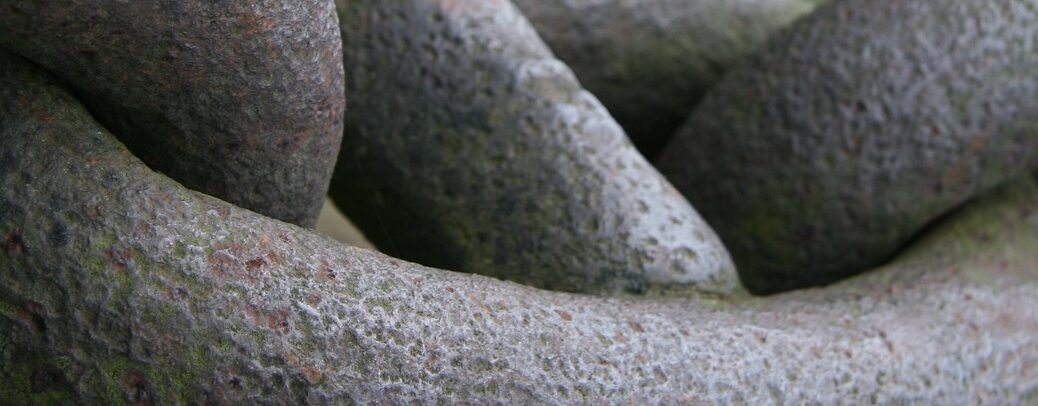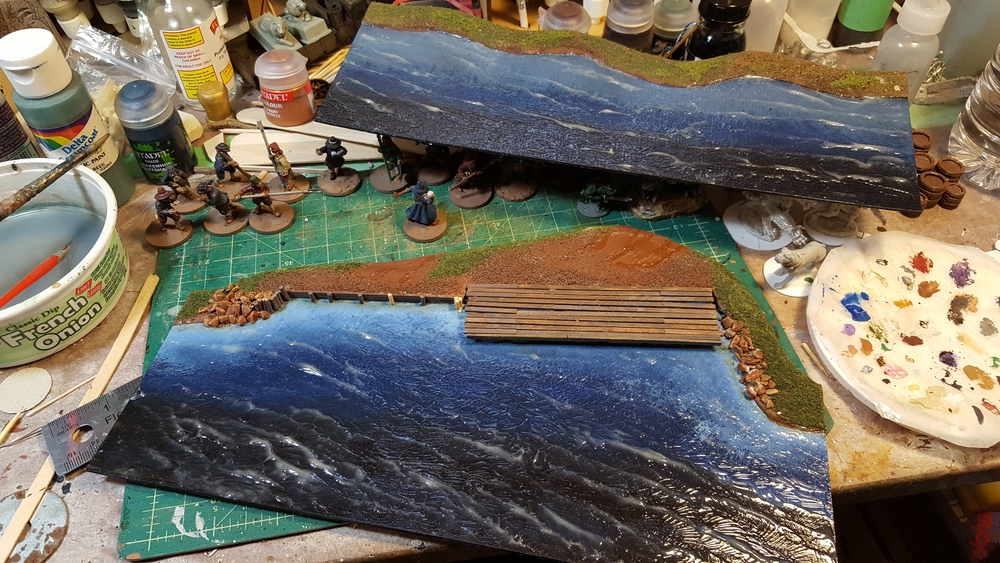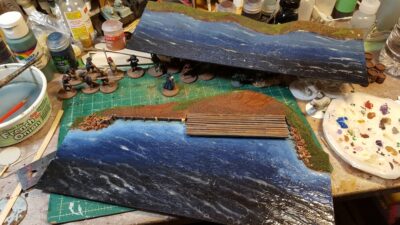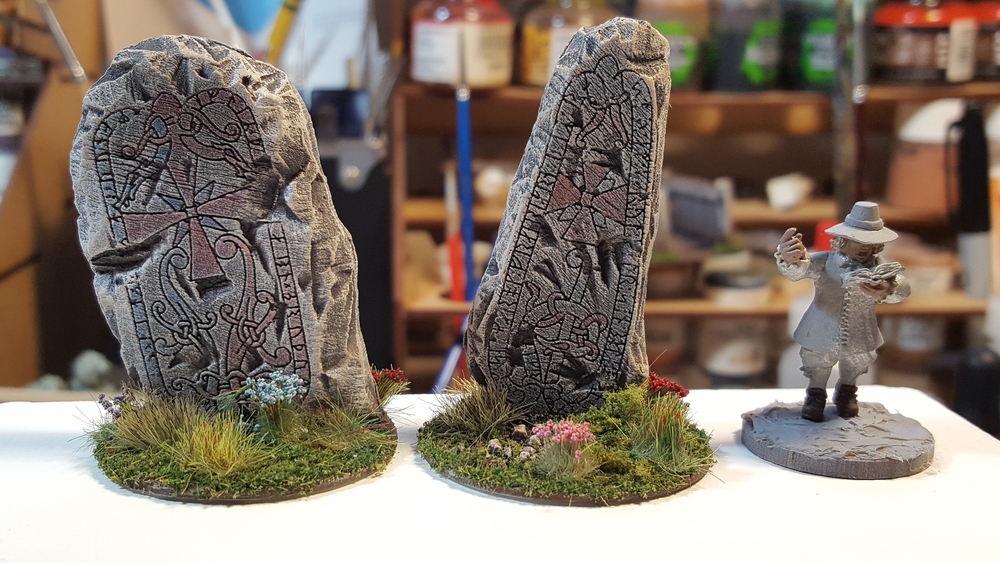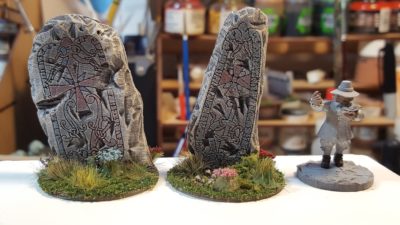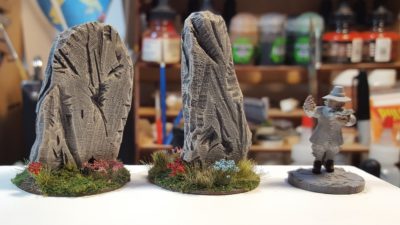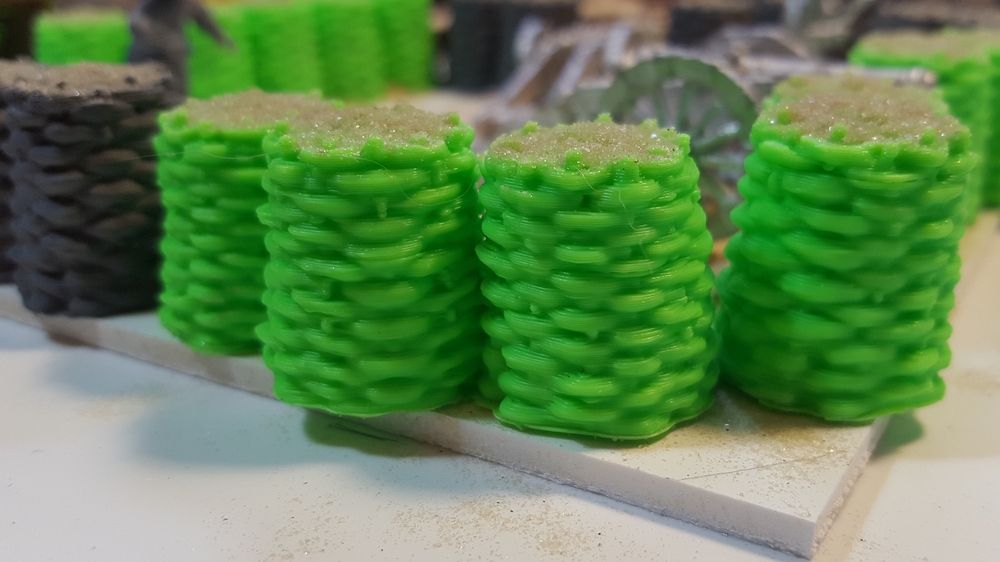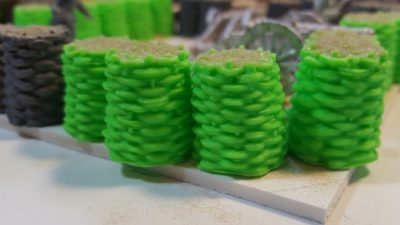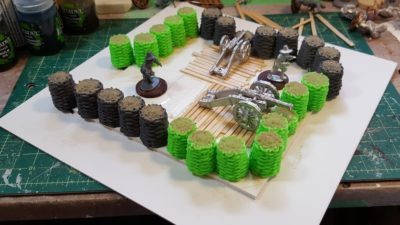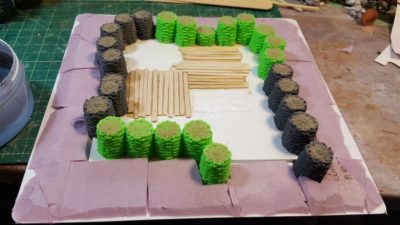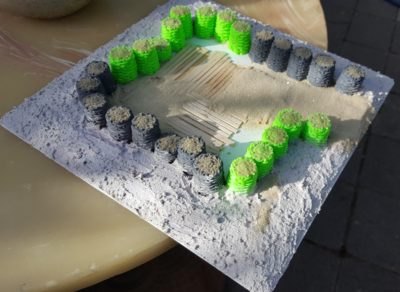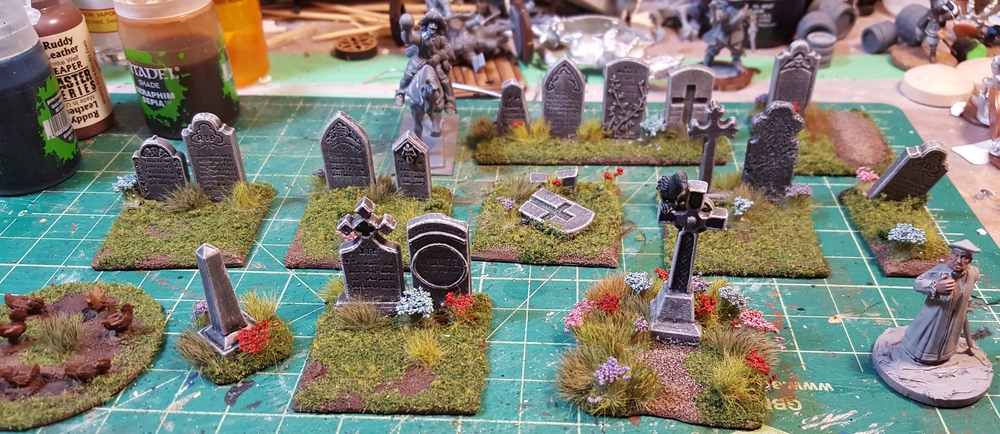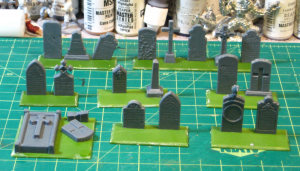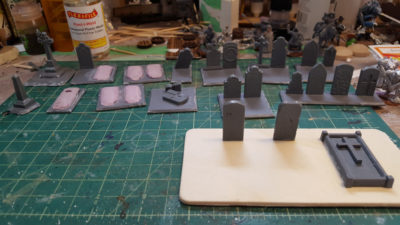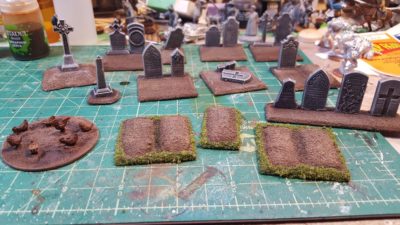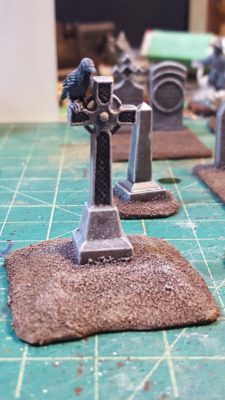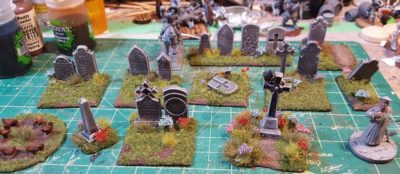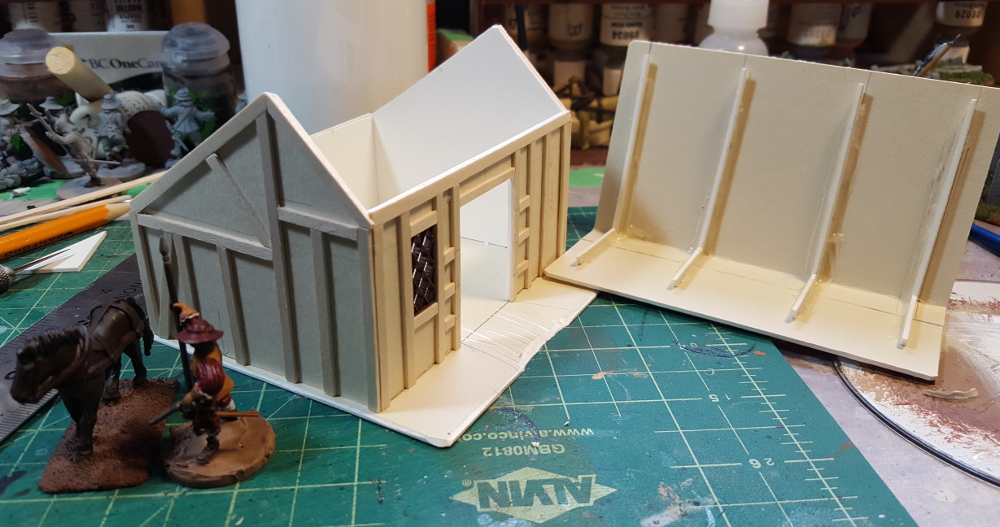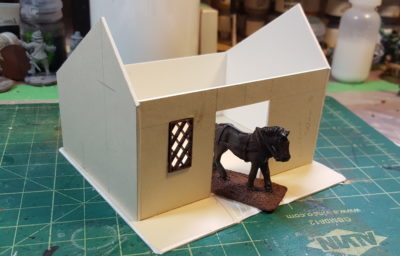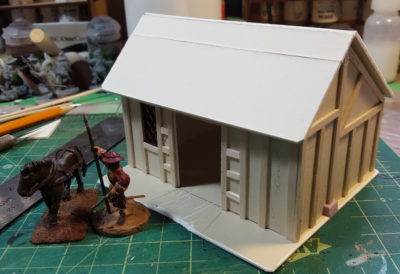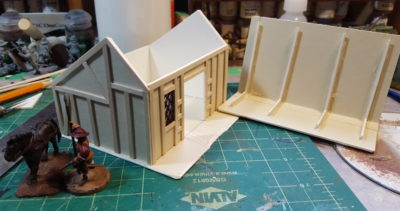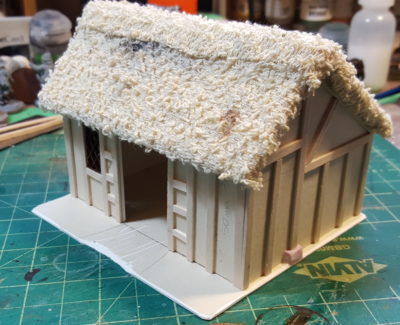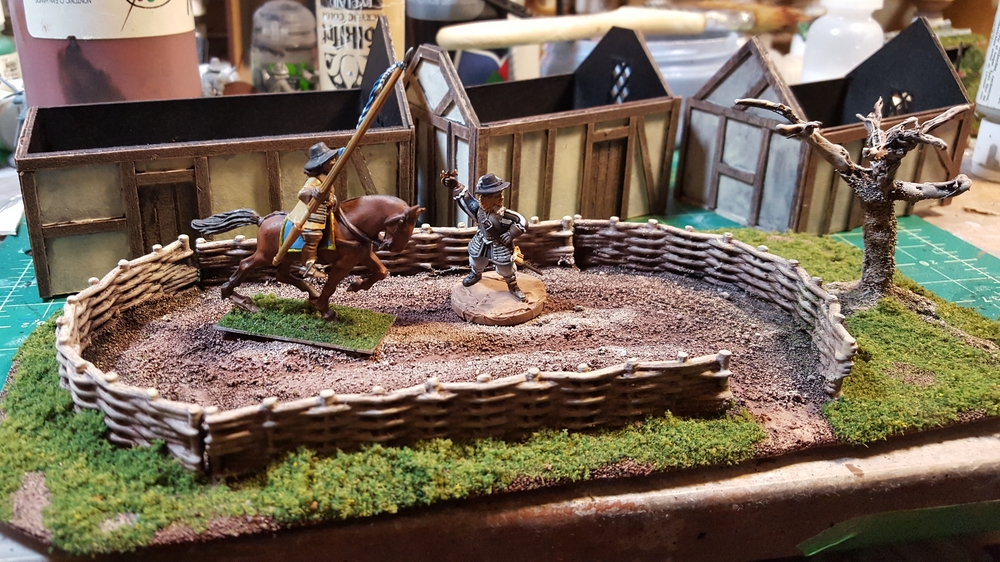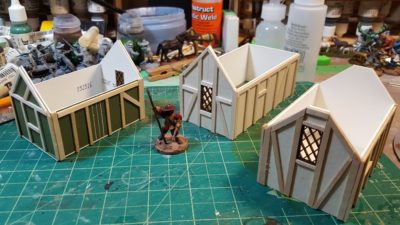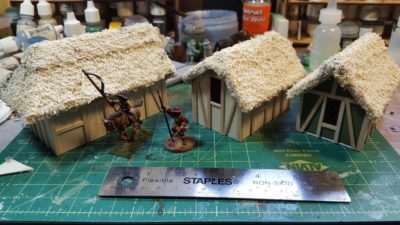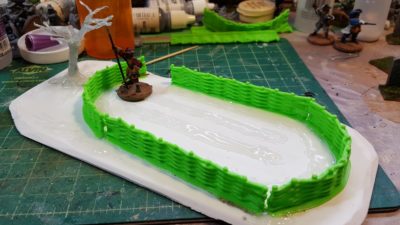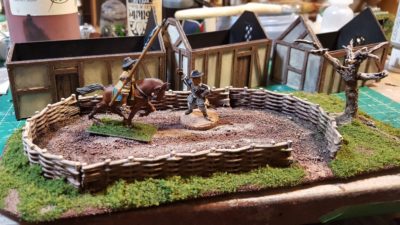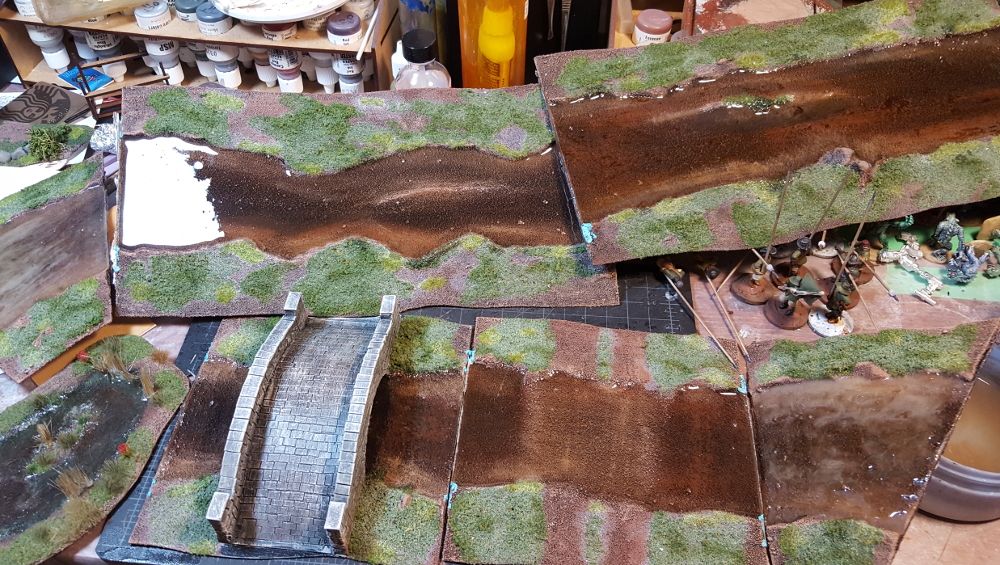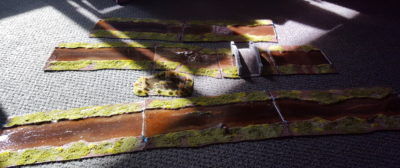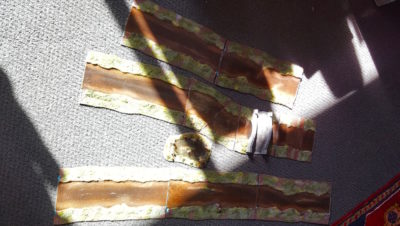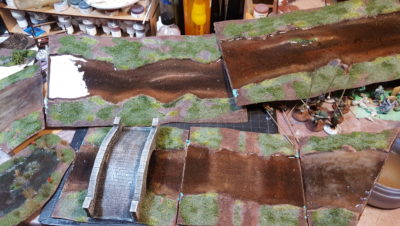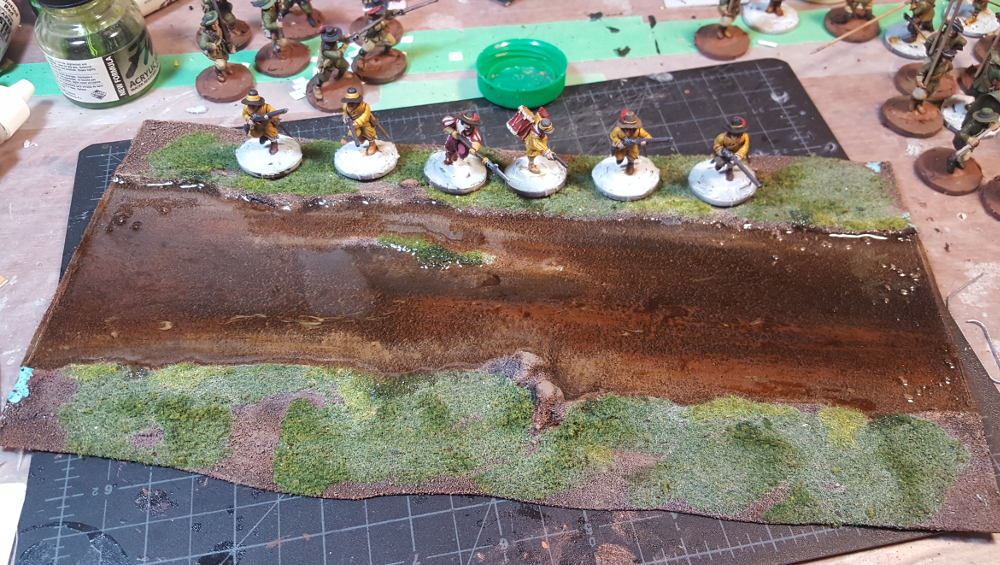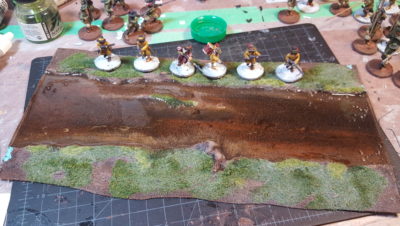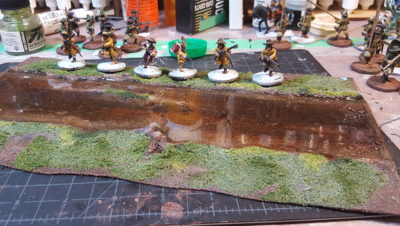If you’re interested in terrain building but not sure where to start, or you already craft terrain but want to step your game up, there’s a bunch of great YouTube tutorials out there these days. I’ve linked to Mel the Terrain Tutor before, but Black Magic Craft (YouTube homepage, website) is one I just recently discovered, and on his website he’s got a fantastic list of Essential Equipment with discussion of what he uses each tool or thing for and links to the various incarnations of Amazon to buy the things. Very useful regardless of your experience level.
By way of example, here’s one of Black Magic Craft’s videos on Better Stone Painting with some good stuff on getting your stone to be something other than flat grey, which is a thing I still struggle with after years (decades, gah!) of making terrain! (direct link to video, if the embed decides not to work)
Terrain is the third army, so why is it so neglected? was posted a couple of years ago (2017 sometime) but remains true and is a useful short rant on the importance of what might be my favourite part of this hobby!
Blinky blinky lights! Aircraft-style strobes on models with really simple electronic components, via Instructables. I still want to do some sort of shuttle or dropship for sci-fi gaming, might need to bump it up a notch and add lights now! Hmm, maybe a live lighthouse on the 1/1200 naval terrain I’m doing?
In the “It’s insane, I kind of want one, but storage would be a nightmare” category, Things From The Basement has a 20th Century Train Station that is 45″ (yes, forty-five inches, almost four feet) across! Some other neat stuff too including a batch of Russian buildings and scenery. There’s a fantastic fully painted and decorated version of the train station with lots of photos over on The Demo Gamers. You could run an entire pulp game just in and immediately around this thing…
Finally, from the recent (Nov 2019) Burrows & Badgers Kickstarter, a post with a trio of really nice painting tutorials all in one shot. One on tartan, one for worn leather, and one for leaf-patterned cloaks.
More on the naval gaming front soon, although expect a bit of a blogging break over the Christmas & New Years holidays as I shall mostly be out of town. On the off chance that I don’t actually blog again before leaving town, I hope my readers have excellent holidays. Happy Holidays, Merry Christmas, and so on and so forth!

